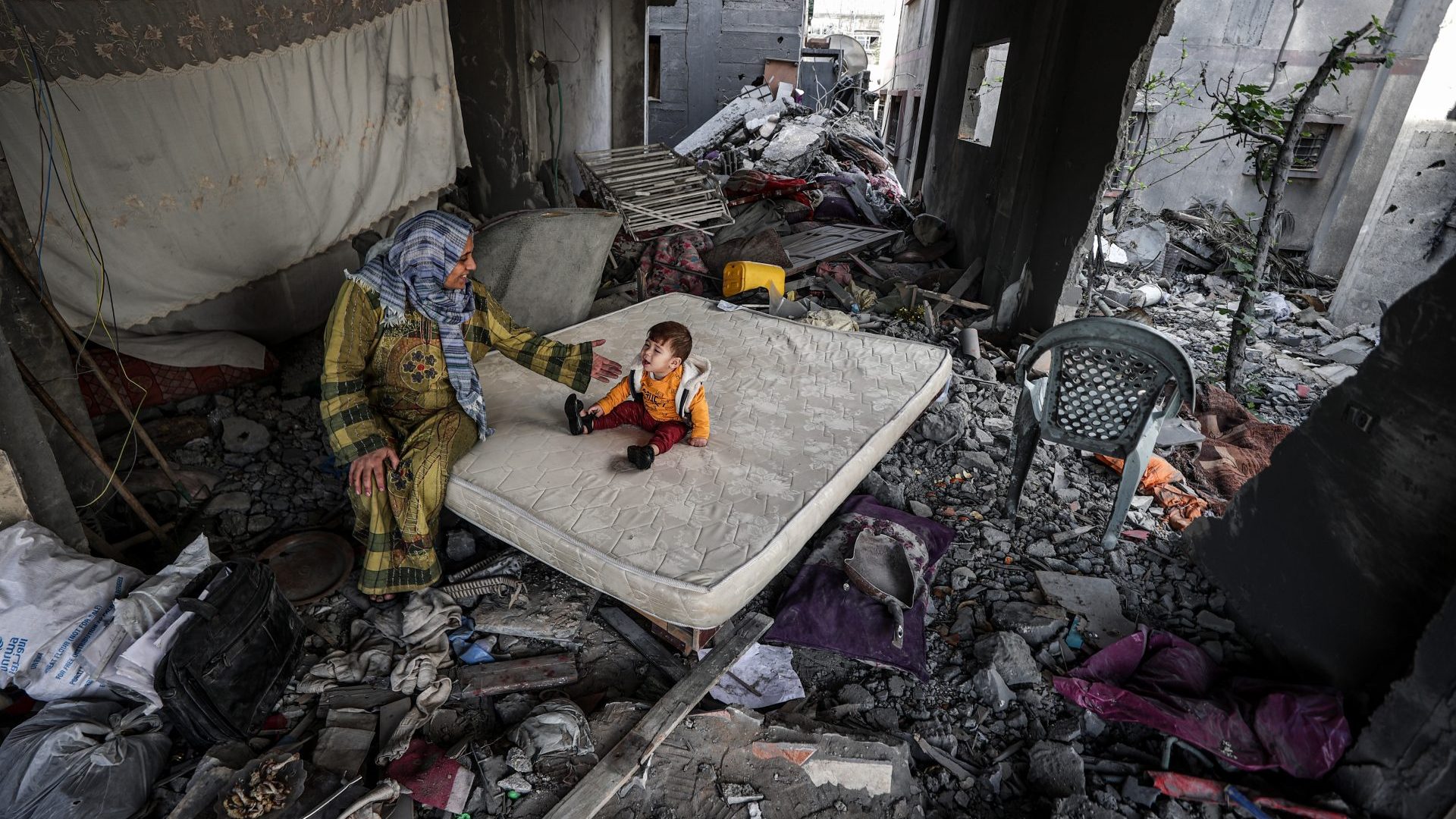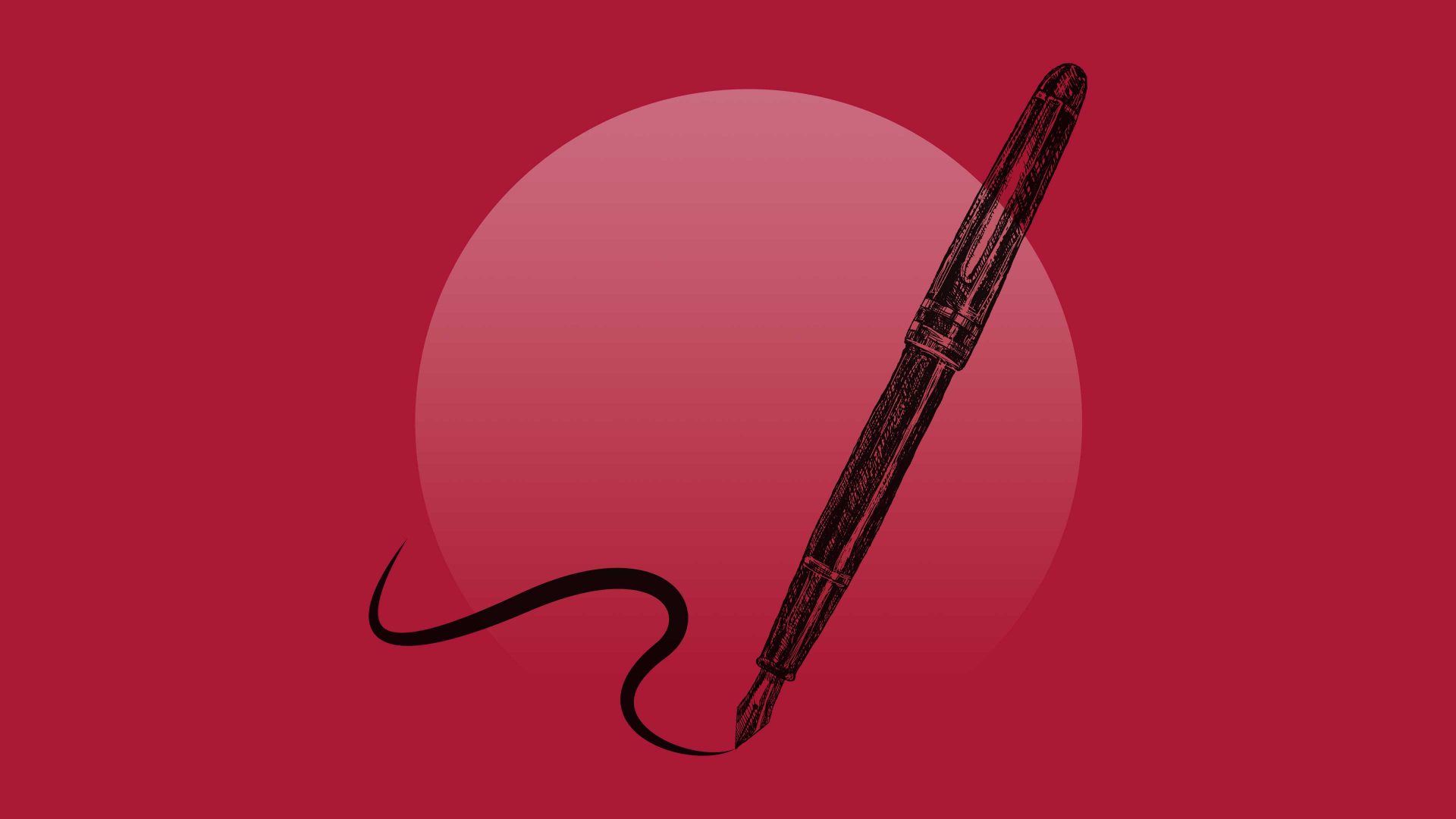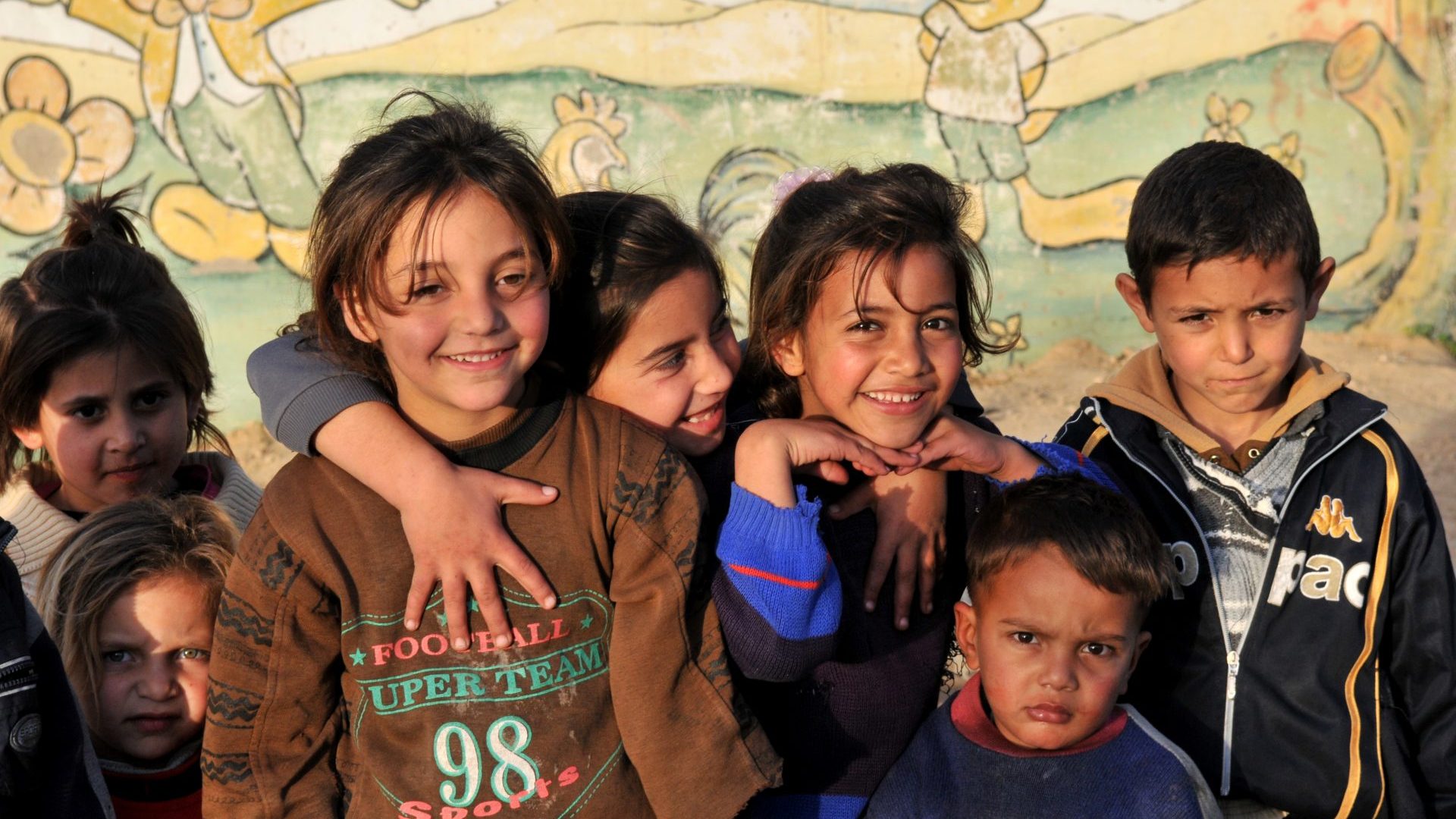On the last day of August, the Israel Defense Forces (IDF) recovered the bodies of six hostages from a tunnel under Gaza. They had been held by Hamas since their murderous October 7 attack. Hamas still holds 101 hostages, and a ceasefire deal that could include terms for their release remains out of reach. The Israeli PM, Benjamin Netanyahu, has blamed Hamas for stalling negotiations. Many of those who have demonstrated in Tel Aviv outside his residence accuse Netanyahu of putting his political survival ahead of the lives of the hostages. While talks stall, the humanitarian situation on the ground worsens. The devastation, in terms of human suffering, is unprecedented.
As IDF operations rumble on in Gaza, and the piles of rubble continue to build, the scale of the physical destruction is unprecedented. When a ceasefire is reached, the task of rebuilding will be immense. The UN estimates there are now 42m tonnes of rubble that will need to be shifted before rebuilding can begin.
If all the trucks needed to shift that amount of debris were arranged in single file, they would stretch from Gaza to San Francisco – and back again. But who will provide these trucks, and under what authority will they operate? And when the reconstruction begins, what society will be built out of the rubble?
The Gaza Strip is 25 miles long by seven miles wide. Its population of approximately 2.3 million people live in an area of 139 sq miles, giving a population density comparable to that of London. The density is even higher in its urban centres, such as Gaza City and Khan Younis. The Palestinian health authorities say Israel’s campaign in Gaza has killed more than 40,000 people.
Back in May, Netanyahu conceded that 16,000 Palestinian civilians had been killed, along with 14,000 Hamas fighters. Children make up more than 30% of the civilian dead. The number of civilians with serious physical injuries will be at least double the highest of these estimates, and the number of those with psychological injury will only become apparent in the years to come.
The majority of those who have survived are now displaced, with a World Bank report claiming that “over a million people are without homes and 75% of the population is displaced”. In 2014, during the conflict that previously caused the most destruction between Israel and Hamas, 60,000 homes were destroyed. This time over 80,000 have been. In 2014 the damage was more concentrated; now it covers nearly the entire Strip.
The water and sanitation systems are almost completely defunct. Sewage is contaminating the land, the sea and freshwater sources, creating long-term health risks. The UN Office for the Coordination of Humanitarian Affairs (OCHA) claims that no electricity is being delivered by grid, after the one power station in the Strip shut down due to the lack of fuel, and the power lines that carried power from Israel to Gaza were shut down by Israel. More than 150 medical facilities have been destroyed, including 19 out of 36 hospitals. Over 80% of education establishments have been destroyed.
In July, Unesco verified damage to 64 sites of cultural significance within Gaza, including 11 religious sites, 37 buildings of historical and/or artistic interest, two depositories of movable cultural property, six monuments, a museum and seven archaeological sites. It is not just the physical infrastructure, but the cultural and historical landscape that has been severely scarred by this conflict.
Even with strict laws of engagement and high-technology weaponry, fighting in urban areas will devastate physical infrastructure and cause a high number of civilian casualties. The most recent urban battles that provide a useful comparison are the battles for Mosul and Raqqa, which took place in 2017 when the Iraqi security forces, Syrian Democratic Forces and western allies confronted Islamic State (IS).
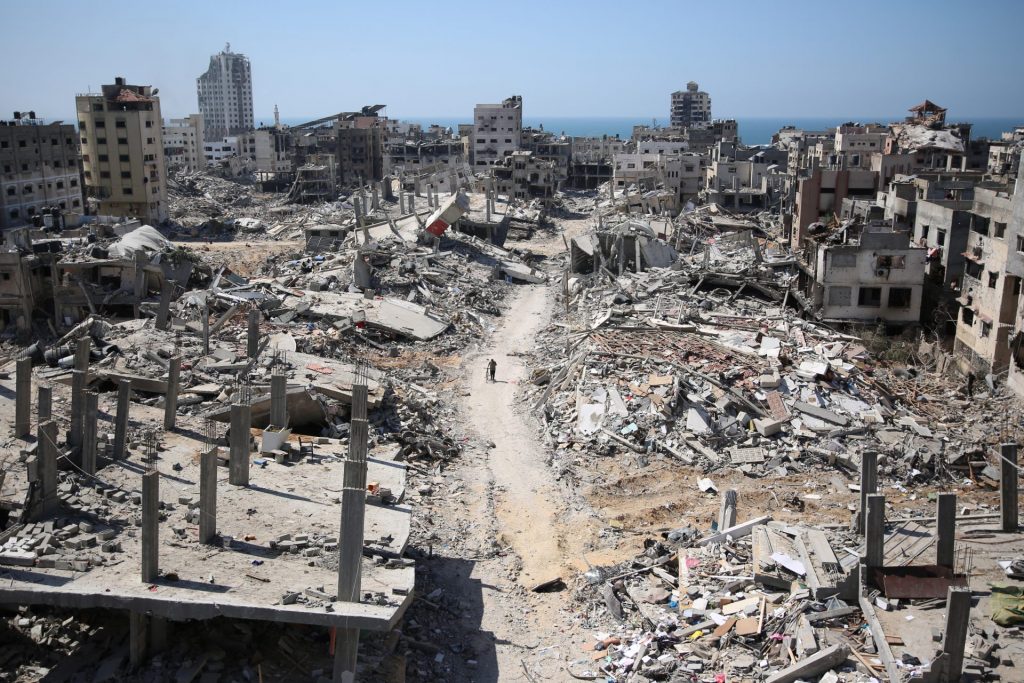
At least 9,000 civilians were killed in Mosul during the fighting, and an estimated 2,400 civilians were killed at Raqqa. Much of the Old City of Mosul was devastated; more than 130,000 homes were destroyed or damaged, and almost 70% of Raqqa was rendered uninhabitable.
An Associated Press investigation found that between 42% and 60% of the dead were civilians. Much of the damage was caused by US airstrikes (UK airstrikes also contributed).
A key difference between these battles was that civilians were able to flee the cities before the worst of the fighting, something that has been much more difficult for Gazans locked in their tiny strip of land. Almost half of Mosul’s four million people were able to leave.
Seven years later, in Mosul, there are still hundreds of thousands displaced, and war-damaged hospitals are struggling to treat people. Victims of the battle remain unaccounted for, and are probably buried under the rubble that still covers swathes of the city. There are areas that remain unsafe because of unexploded ordnance and deliberately placed IS booby traps.
According to UN estimates, there are more than 10,000 Gazans unaccounted for, also probably buried under rubble. Families there, as in Mosul, may have years of waiting to have the fate of loved ones confirmed, in the meantime unable to perform the appropriate religious rites.
A report in March by the World Bank, the EU, and the UN highlighted that recovery and reconstruction will require substantial effort and will take years. It claimed that early recovery actions should begin as soon as possible. Since that report was published, the situation has worsened, and recovery is yet to start. The report prioritised the resumption of essential health and education services, and the provision of psychosocial support. This should be followed by the provision of shelter and rehousing, and the resumption of basic services in energy, water and telecoms.
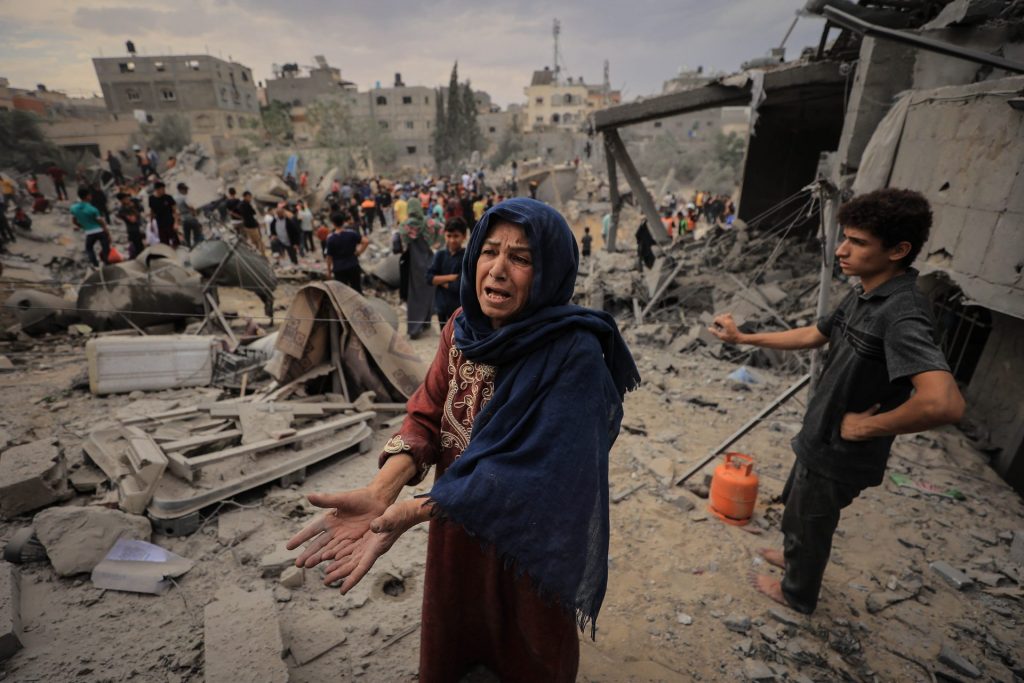
From there, the focus should be on improvements in food production and the creation of jobs. Before rebuilding can happen, the debris, which poses risks from contamination with unexploded ordnance, asbestos and other hazardous waste, must be removed, and human remains found within it treated sensitively. This work will be complicated by Hamas’s tunnels and Israel’s efforts to destroy them. The cost of this has been estimated at over $80bn. It is not clear who will pick up this bill.
In August, a meeting of donor countries and global charities convened in the West Bank to try to answer this question. It was organised by the UN and the Palestinian Authority, the Fatah-controlled government of the West Bank, who also controlled Gaza prior to the elections of 2006 and the subsequent conflict between Fatah and Hamas.
Hamas were not invited and will not be included in the reconstruction process as any plan will need the agreement of the Israelis. It is not yet clear whether this Israeli government will trust the Palestinian Authority, either. It is also not clear if international donors, including those who have donated the most previously, such as the Gulf states, the EU, US and Japan, will do so again without a long-term political solution in place. Netanyahu has repeatedly said a two-state solution is not on the table.
Architectural history professor Mark Jarzombek, who has studied post-
second world war reconstruction, says: “What we see in Gaza is something we have never seen before in the history of urbanism… It’s not just destruction of physical infrastructure, it’s the destruction of basic institutions of governance and of a sense of normality.”
Rebuilding the non-physical elements of society after 17 years of Hamas rule will take longer. It is in Israel’s interest to be invested in building a state with institutions that provide for the people of the Strip, based on a rich Palestinian history and cultural experience rather than on the experience of deprivation, devastation and war, which will only beget more violence. Violent loss causes deep scars that run across generations.
The strict Islamism of Hamas was laid on top of, and indeed attempted to smother, a rich social order that had characterised Palestinian society for hundreds of years. This coherent moral universe is described in the highly developed art form of Palestinian folk tales, found in the anthology Speak, Bird, Speak Again, compiled by Sharif Kanaana, which Hamas tried to ban in 2007. These tales show the cultural continuity of Palestinian social life, based around kinship systems developed through the institutions of the culture over countless generations that recent politics cannot erase. The Palestinian poet Mahmoud Darwish claimed: “I’ve built my homeland, I’ve even founded my state – in my language.”
While the Palestinian family is extended, patriarchal, patrilineal, and patrilocal, in 2005 the Hikaye, a unique Palestinian form of oral literature that is performed by older women, was listed as a Masterpiece of the Oral and Intangible Heritage of Humanity by Unesco. It was later inscribed to Unesco’s List of Intangible Cultural Heritage. Hamas’s leadership is almost exclusively male, yet it is Palestine’s women who have preserved the cultural memory of the Palestinian people. After years of having their basicrights systematically denied by Hamas, Gazan women must be empowered to lead the rebuilding of their society.
Rebuilding cannot bring back all that is lost. The full extent of the devastation in Gaza is impossible to quantify. In Darwish’s poem Identity Card he writes of his Palestinian roots, which “Took hold before the birth of time”, before the cypress and olive trees, so many of which now lie broken in wasted groves.
The roots are deep, though – there will be regrowth in Gaza. But, as such destruction elsewhere has shown, it will take decades. For the stability of the wider region, we all have a vested interest not just in rebuilding what has been destroyed, but also in building much more than that – or the cycle of devastation will continue.

